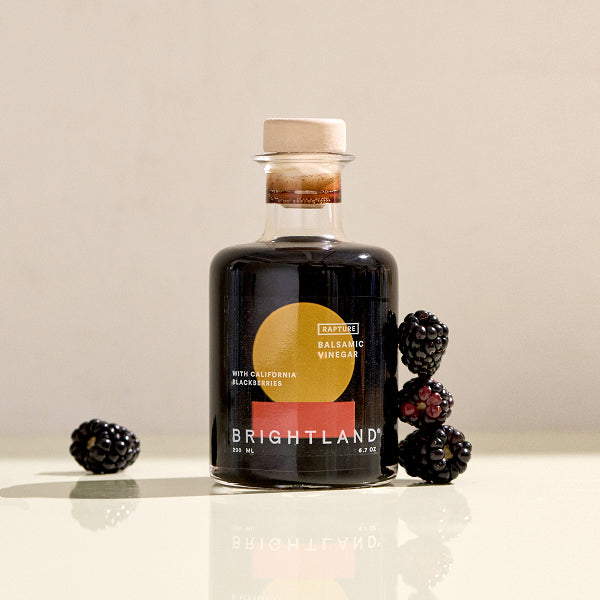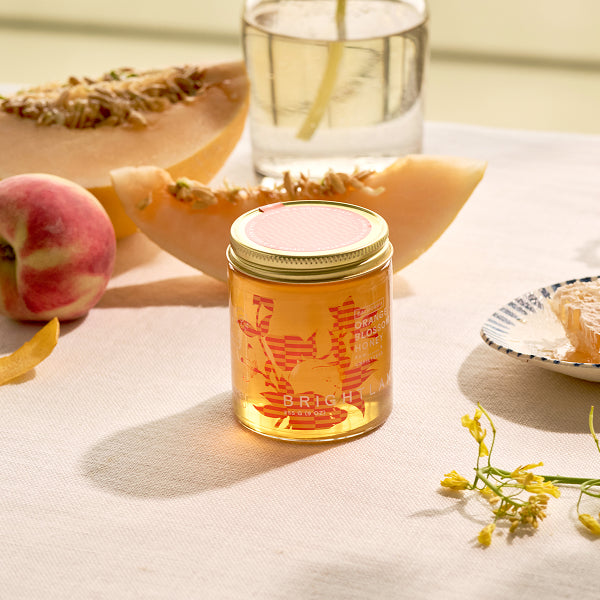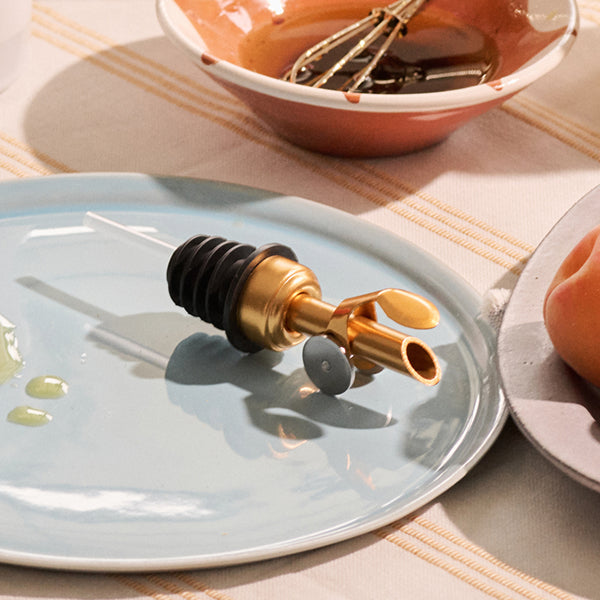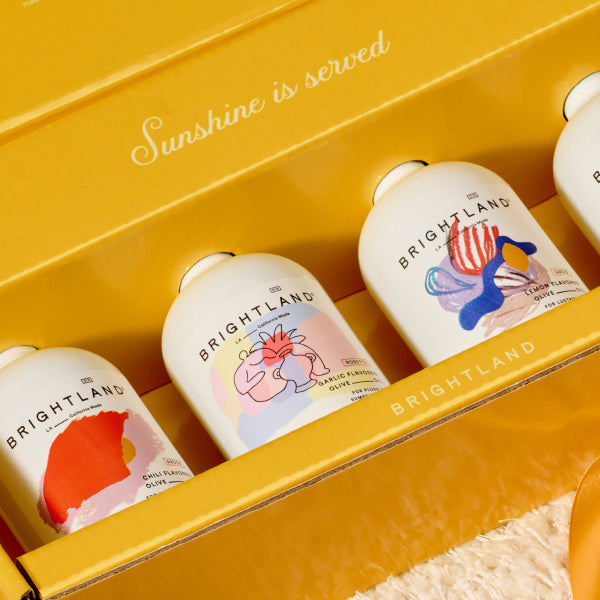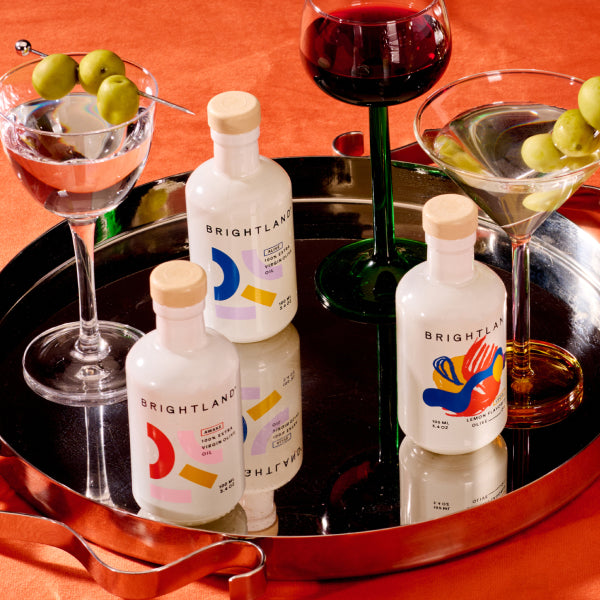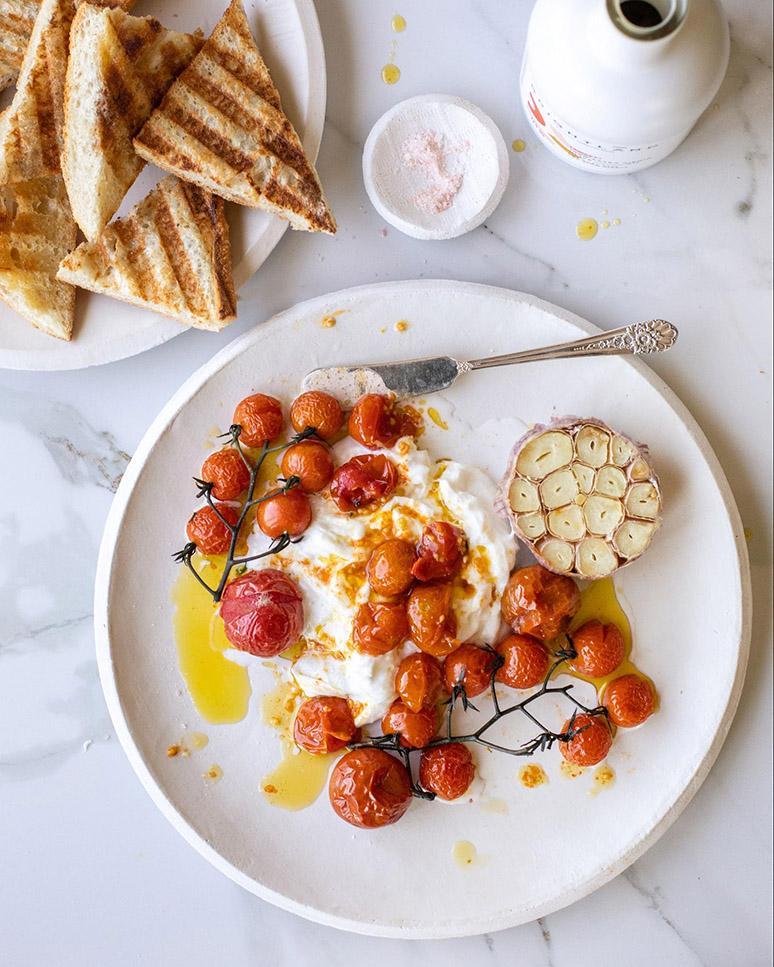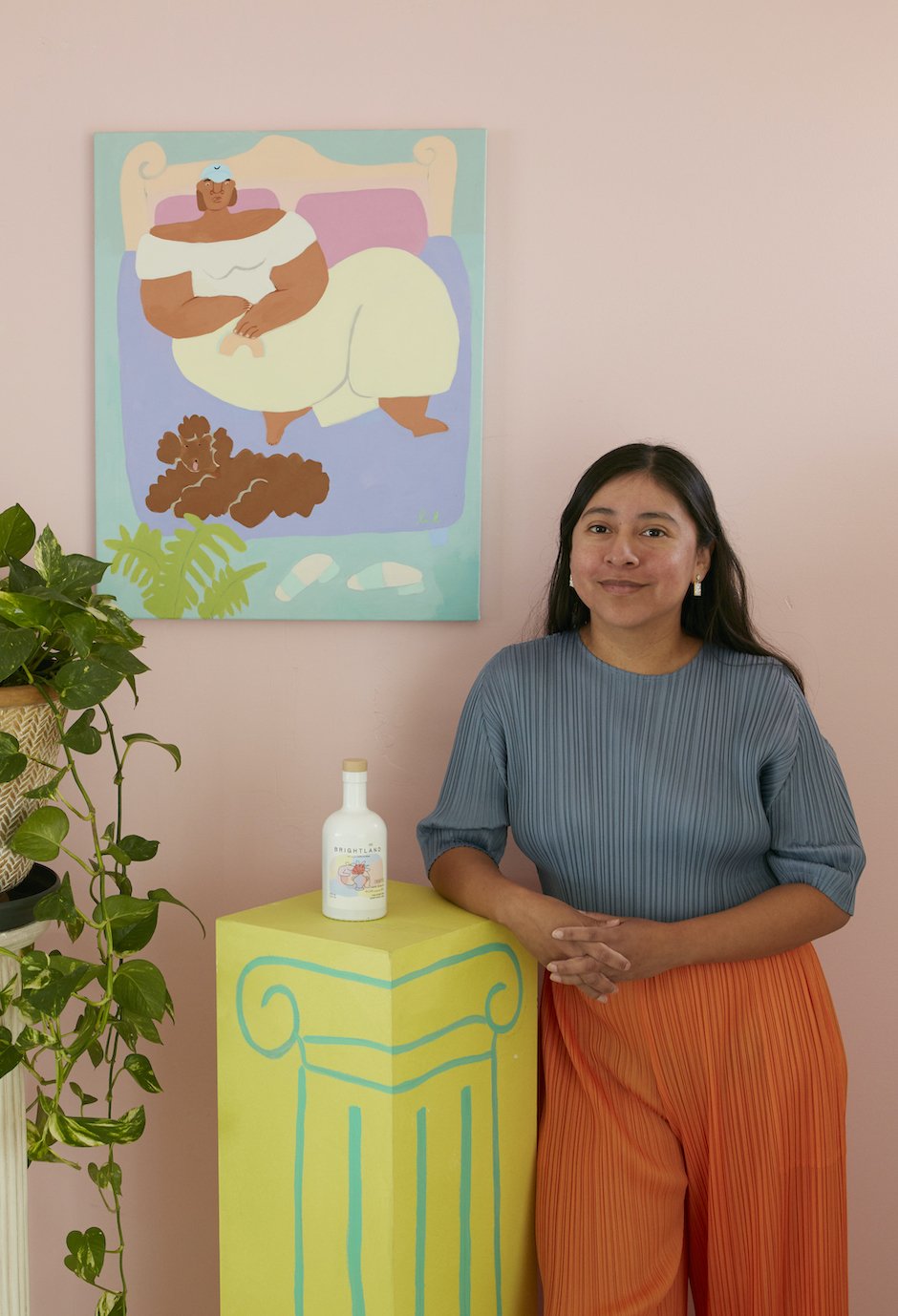The Short Answer:
To be classified as “extra virgin,” olive oil must meet stringent industry standards. The oil must be low in fatty acids, defect-free, fresh when pressed and extracted without high heat or chemicals. This “virgin” process protects the flavor and helps it retain its antioxidants, vitamins and minerals so it is healthier.
[close type="rte"] [open type="images" count="1"]
The Long Answer
If you enjoy creating masterpieces in the kitchen, you probably already know that extra virgin olive oil is the gold standard of cooking oils. This delicious all-purpose ingredient does it all — sautés, marinates, dresses and drizzles. It is the choice of chefs in every corner of the culinary world, from American cook Rachel Ray — who, despite popularizing the shorthand “EVOO” is actually not an expert on the topic — to French masters like Paul Bocuse.
Indeed, it is a mainstay in the kitchens of virtually all chefs, regardless of technical training or experience. But have you ever stopped to think about what makes extra virgin olive oil so extra special? It all has to do with its “extra virgin” status. In this guide, we will cover everything you need to know about what makes olive oil extra virgin so you can cook with confidence and make every dish a work of art.
‘Extra Virgin’ is a (Good) Grade
Olive oils fall into one of two categories: refined (pure and light) and unrefined (virgin and extra virgin). In the first category, the flavor and overall quality of the oil is not ideal, so processing via solvents and high heat can improve the result. In the latter category, the olives are already of high quality and do not need to be treated with heat or chemicals. Instead, they are cold-pressed, which means the oil is squeezed out without extra help from heat or chemicals.
Technically — although manufacturers often ignore the rules — the words “extra virgin” are legally supposed to only be used on olive oil deemed extra virgin by the International Olive Council (IOC), the U.S. Department of Agriculture (USDA) or another governing body. However, research shows that much of the imported olive oil fails to meet the standards from the IOC and the USDA, so proceed with caution.
[close type="rte"] [open type="images" count="1" small="true"]
Characteristics of Extra Virgin Olive Oil
So what, specifically, does extra virgin olive oil have that other grades of olive oil do not? According to the USDA, extra virgin olive oil is “virgin olive oil which has excellent flavor and odor (median of defects equal to zero and median of fruitiness greater than zero) and a free fatty acid content, expressed as oleic acid, of not more than 0.8 grams per 100 grams.”
In general, extra virgin olive oil is:
- Less acidic. Extra virgin olive oil must have an oleic acid content of less than 0.8 percent according to the USDA and the IOC, while virgin olive oil can have as much as two percent. This means that extra virgin olive oil is less acidic. Why does this matter? In short, higher acidity indicates that the oil has broken down on a molecular level, which indicates lesser quality.
- Tastier. With all this talk about process, acids and purity, it is hard to forget about one of the most important characteristics of a high-quality olive oil — flavor. Extra virgin olive oil is evaluated by a panel of tasters and must be defect-free in order to be labeled “extra virgin.” The sensory panel also looks for fruitiness during the taste test.
- Less processed. If your goal is to eat more unprocessed foods, stick to authentic olive oil labeled “extra virgin.” Since it is not treated with any extreme temperatures or heat and is not mixed with other types of oils, it is much closer to its unprocessed form than any other kind of olive oil.
- Not mixed with other oils. Virgin or refined olive oil is generally mixed with other kinds of oils for two reasons: to make it more cost-effective and to improve or adjust the flavor. This is not ideal because olive oil is the healthier and better tasting oil.
- Healthier. Because the olives used to make your extra virgin olive oil have not been altered by heat, chemicals or any other damaging processes, they retain all of their antioxidants, minerals, enzymes, vitamins and phenols during the manufacturing process. This makes extra virgin olive oil healthier than its refined counterpart.
Finding EVOO That Makes the Cut
One great way to be entirely sure that you get a high-quality, truly extra virgin olive oil is to choose California extra virgin olive oil, which is often certified by the California Olive Oil Council (COOC). This council has very strict regulations ensuring that you get all of the above characteristics and more. In fact, in order to be certified by the COOC, a batch of extra virgin olive oil cannot have more than 0.5 percent acidity.
You should also make sure to select bottles that are printed with the harvest date, as this is an indicator of quality and freshness. All Brightland olive oils are California-grown to the highest standards and are printed with the harvest date.
EVOO or Bust
The bottom line: There is no real comparison to extra virgin olive oil. This is the gold standard of cooking oil for a reason and you should never compromise.
[close type="rte"]



